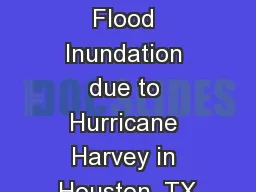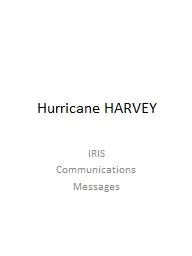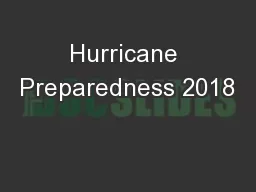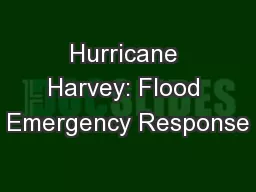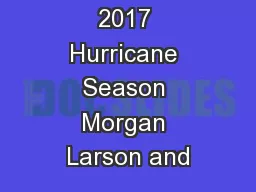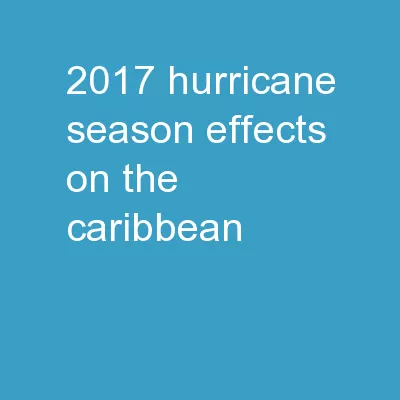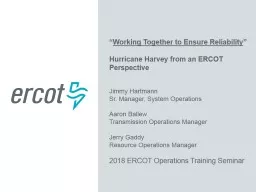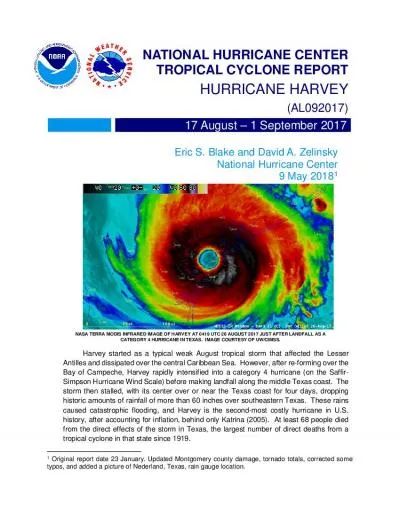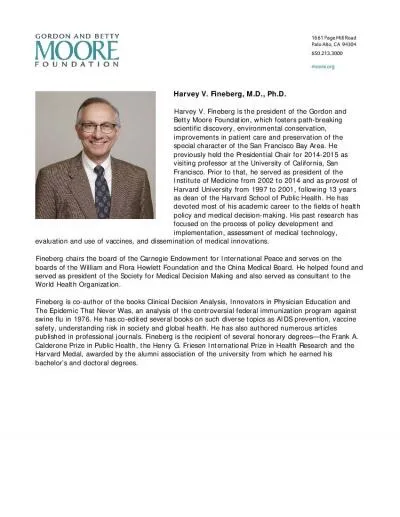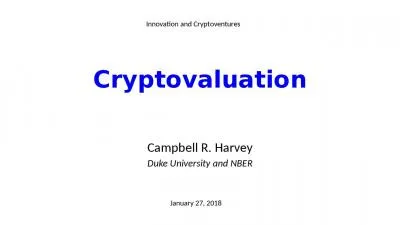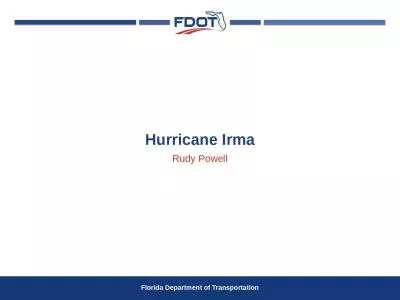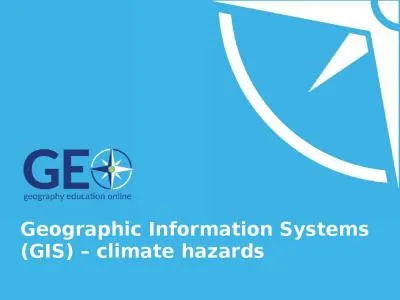PPT-Public Health and Healthcare Response to Hurricane Harvey
Author : alexa-scheidler | Published Date : 2018-10-06
Presentation to Senate Committee on Health and Human Services Dr John Hellerstedt Commissioner November 8 2017 Presentation Overview DSHS Responsibilities in Emergency
Presentation Embed Code
Download Presentation
Download Presentation The PPT/PDF document "Public Health and Healthcare Response to..." is the property of its rightful owner. Permission is granted to download and print the materials on this website for personal, non-commercial use only, and to display it on your personal computer provided you do not modify the materials and that you retain all copyright notices contained in the materials. By downloading content from our website, you accept the terms of this agreement.
Public Health and Healthcare Response to Hurricane Harvey: Transcript
Download Rules Of Document
"Public Health and Healthcare Response to Hurricane Harvey"The content belongs to its owner. You may download and print it for personal use, without modification, and keep all copyright notices. By downloading, you agree to these terms.
Related Documents


